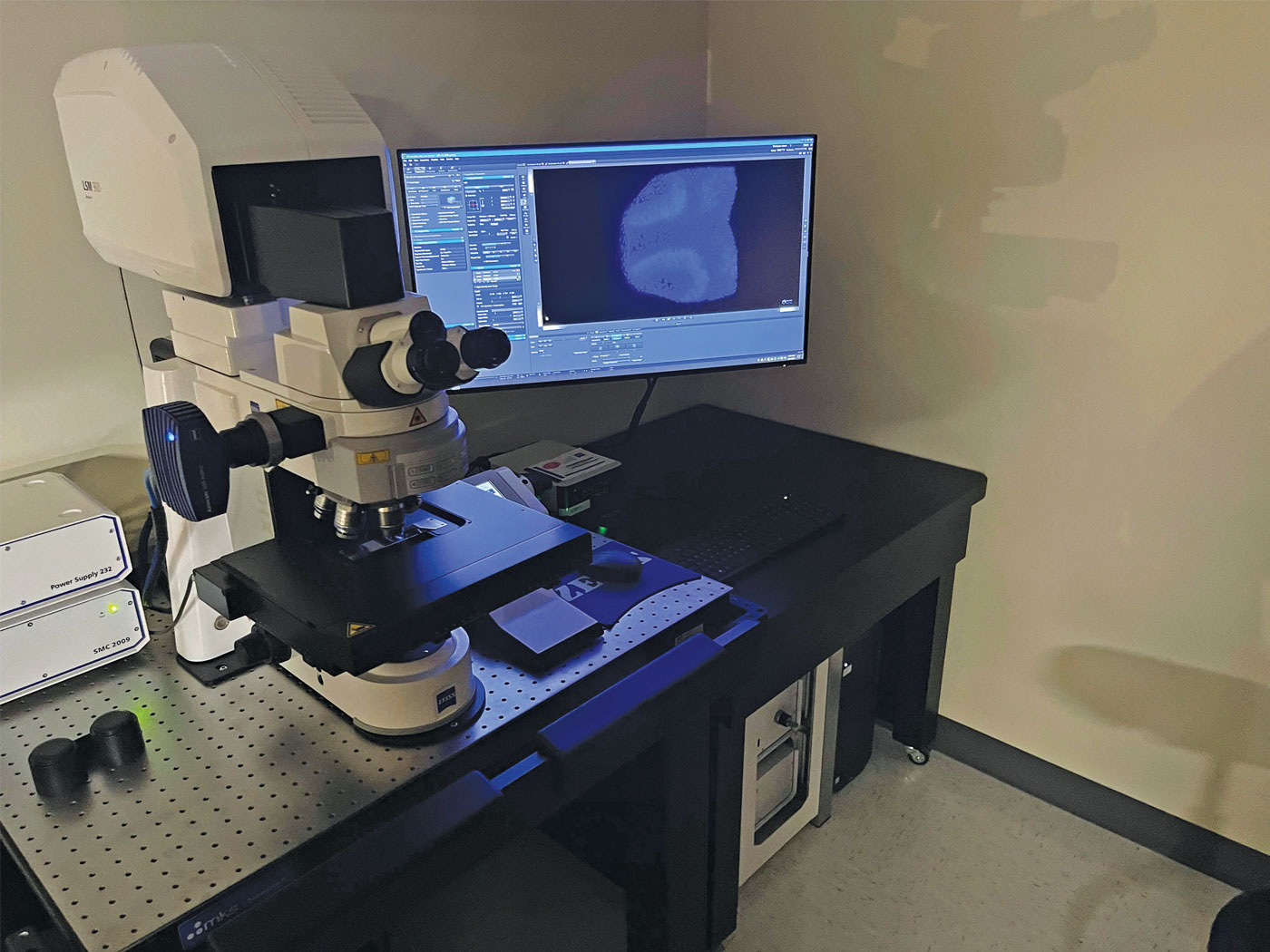Fossil Crocodilians Grew Larger and Longer, and Lived Longer than Extant Crocodilians
by Jake Hebert, Ph.D. | Mar. 21, 2025
In Creation Research Society Quarterly. 61 (3): 172-188.
Abstract
Click here to read the full article text.
Evidence for Endogenous Collagen in Edmontosaurus Fossil Bone
In Analytical Chemistry. 97 (5): 2618-2628.
Abstract
Late Pleistocene Body Size Reduction: Evidence of a Post-Flood Decline in Longevity?
In Late Pleistocene Body Size Reduction: Evidence of a Post-Flood Decline in Longevity? Journal of Creation. 38 (1).
Abstract
Christ the Image of God: Exposition and Practical-Theological Application of Colossians 1:15
In Journal of Dispensational Theology. 28: 117-132.
Abstact
Colossians 1:16-17 and the Theological Implications of Christ as Creator and Sustainer
In The Master’s Seminary Journal. 35 (2): 285-298.Abstract
One of the key passages in the New Testament that proclaims Christ to be both Creator and Sustainer is Colossians 1:16–17. While most published works have treated Colossians 1:15–20 as a complete whole looking at its structure and content as a possible hymn, this present effort focuses on the Creator-Sustainer formula contained within verses 16 and 17. This text articulates this formula by its usage of ...More...
More Articles
- Crassostrea Oyster Fossils Show Extreme Longevity
- Giantism and Delayed Maturation in Fossil Sharks: Evidence for Extreme Longevity?
- A Progressive Global Flood Model Confirmed by Rock Data Across Five Continents
- A Creation Model of Design: Application of an Interface Systems Model in Key Global Symbiotic Relationships
- Testing the Cavefish Model: An Organism-focused Theory of Testing the Cavefish Model: An Organism-focused Theory of Biological Design Biological Design
- Developing a Comprehensive Model of Global Flood Paleontology: Integrating the Biostratigraphic Record with Global Megasequence Deposition
- Allometric and Metabolic Scaling: Arguments for Design... and Clues to Explaining Pre-Flood Longevity?
- Preservation of Whole Antibodies within Ancient Teeth
- The Strange Endless Universe Cosmology of Open Theism
- Milankovitch evidence: strong despite weaknesses in the 1976 ‘Pacemaker’ paper?
- The Post-Flood Ark Dispersal and Early Pleistocene: Exegetical and Geological Notes on Genesis 8:13-22
- Open Theism: An Open Door for Evolution
- The Receding Phase of the Genesis Flood: Exegetical and Geological Notes on Genesis 8:1-12
- Attenuated Total Reflection Fourier Transform Infrared (ATR FT-IR) Spectroscopy Sensitivity to the Thermal Decay of Bone Collagen






